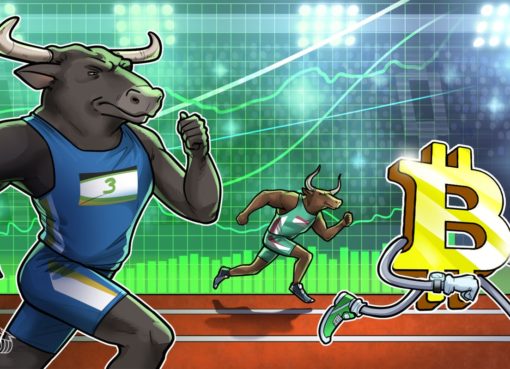The current cryptocurrency landscape, although fast-growing, is still noticeably far from being the inadvertent choice in finance for the average Jane and Joe.
Among the few barriers to entry that linger in the crypto space for newbies, price fluctuation (volatility) is a key hurdle to overcome. To put this in perspective, cryptocurrencies can fluctuate in price by upwards of 16% in a single day!
What if there was a form of money that was as stable as regular fiat currency but can still be used as a cryptocurrency? This would solve several challenges like not having to liquidate all holdings to your bank account and possibly being liable to pay a higher short-term gain tax.
For those reasons, and more, “stablecoins” came into existence.
What Are Stablecoins?
Stablecoin is very much like a regular cryptocurrency but with a stable value. That means while a stablecoin lives on a blockchain, can be decentralized, and functions in a peer-to-peer ecosystem, its price is theoretically resistant to the crypto market volatility. That’s why the collective market capitalization of all stablecoins has quickly grown to a whopping USD 180 billion.
Now, a stablecoin may derive its price stability using different approaches. Some of them are pegged to a basket of fiat currencies and commodities like the US dollar and gold while others are pegged to a mix of crypto, fiat, and commodities. These stablecoins are together termed collateralized stablecoins.
Further, there are stablecoins that rely solely on an automated smart contract to maintain their price stability, and they are dubbed algorithmic stablecoins.
However, the stablecoin market is mostly dominated by collateralized stablecoins such as USDT, BUSD, and USDC.
The Limit of Collateralized Stablecoins
Collateralized stablecoins were the first form of stablecoins and are all the rage for the most part. These stablecoins, like USDT and USDC are able to maintain a near-constant ratio of 1:1 with the US dollar with their protocol that “claims” to physically hold one US dollar for every token in the circulating supply.
This fiat-backed model of stablecoins has rapidly garnered the trust of investors and governments. While investors are more confident in these coins due to their reliance on fiat currencies, governments have supported the concept as it promotes cryptos without posing any threat to government-backed currencies.
While there’s no doubt that the concept is novel and game-changing in many aspects, it also has a few significant shortcomings. Among those, a major limitation is the inability of stablecoins to scale to meet rapidly growing demand.
Stablecoin issuers have so far been able to deposit the required fiat currency collateral to mint more coins and meet the rapidly growing demand. But the question arises, how long can they keep on locking more fiat currencies to mint more stable cryptocurrencies? It is obvious that there has to be an upper limit and it will curb the scalability of this otherwise extraordinarily useful digital asset.
While regulators and investors strongly support fully collateralized stablecoins over all else, these limitations are factors that we have to take into consideration on priority.
To push beyond the apparent scalability limitation and to come up with a truly “working” stablecoin, a new generation of stablecoins is emerging. Enter Beanstalk.
Beanstalk: A Credit-Based Stablecoin Protocol
Beanstalk solves the challenge of meeting dynamic demands through a unique burning and minting mechanism. Crudely put, Beanstalk’s native token, $BEAN, is able to constantly maintain the price of USD 1.00 by dynamically adjusting the token supply as per demand.
For instance, when the price of the token falls below USD 1.00, it is an indicator of low demand. To counter that, holders receive incentives in the form of a higher interest rate to lend $BEAN back to the protocol – and some $BEAN tokens are burned in the process. Similarly, when the price of the token goes above USD 1.00, it indicates a higher market demand, and the protocol mints more $BEAN.
More experienced DeFi users may have experienced first-hand the disastrous consequences of failed uncollateralized stablecoins in the past. Once a de-pegging event occurs and stablecoin value falls, many investors risk losing their savings forever. Beanstalk, on the other hand, continues to show by example that its credit-based protocol works: it has so far returned to its USD 1.00 peg 4,700 times, and does so more and more frequently.
As the global cryptocurrency market continues its growth, the stablecoin market will surely follow. In order to meet the growing demand, it is imperative that more innovative tools become available. In order to deliver on its promise of stability, many stablecoin projects have deferred to the vital role of collateral while ignoring the unmet demand. However, Beanstalk’s protocol shows that stability does not have to undermine scalability and vice versa. As such, the protocol is a welcoming step towards a more decentralized future with less volatility and more utility in the world of stablecoins.




